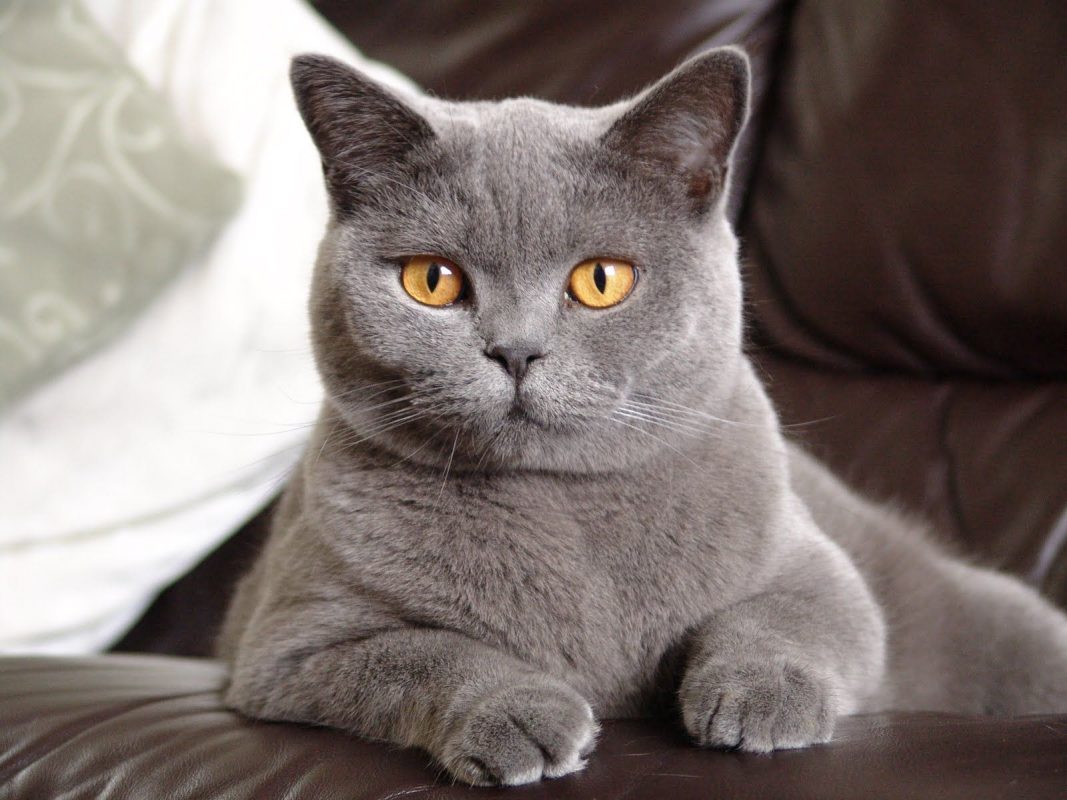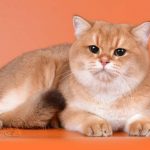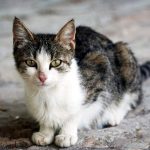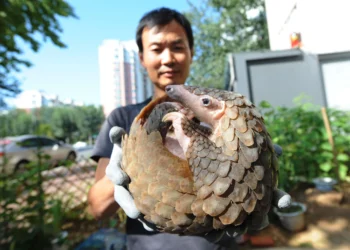As prized as its long-haired cousin, the shorthair cat enjoys a solid reputation which describes it as an easy to care for and low maintenance animal.
While a shorthaired breed does indeed require less regular coat care, it continues to require regular attention.
Shorthair cats and Longhair cats
There are two main families of cats, longhair cats and shorthair cats. The difference between these two families is above all morphological. If we observe short-haired, stocky and round cats, the morphology of the short hair cat tends to be more slender.
From a behavioral point of view, the difference is mainly at the breed level, but if you live in the countryside or have access to the outdoors, a shorthair cat may be more recommended for the simple reason that it often coarse and shorthair catches parasites and dirt less easily and that it is then easier to get rid of it.
Reading Suggestion: Best Cat Breeds for Beginners: a Comprehensive Guide to Choose
Persians have been seen pounding the countryside before, and if you’re comfortable with the idea, there’s no rule for you to make your longhair cat an indoor cat. However, keep in mind that these fluff-like animals require daily brushing and are much more prone to hair loss. Some masters love these cuddly brushing sessions, others see it as a waste of time and appreciate that their Siamese or their British short hair does not scatter its hair all over the house (apart from the molting periods, of course!).
In addition to the savings made on adhesive rollers to rid your surfaces of these stubborn hairs, having a shorthair cat will be more suitable for allergy sufferers. If the allergy to cat hair is not due, contrary to what one might think, to the hair itself, but to the saliva deposited on it by your cat, the fact that it sheds less hair you will no longer find these soiled hairs everywhere.
There are cats with short hairs, even hairless, which do not present allergens and which will allow you to enjoy these charming animals even if you are terribly allergic to them!
Taking care of shorthair cats
Even if the shorthair cat requires less maintenance than its long-haired cousin, you will not cut to regular maintenance, to be carried out at home or in the salon.
Brushing its coat
The coat of the short hair cat does not get tangled. So you don’t need to brush it regularly. However, brushing should still be done once a week. This practice not only helps untangle the animal’s coat, but it also removes parasites and small dirt. It also helps to get rid of its dead hair.
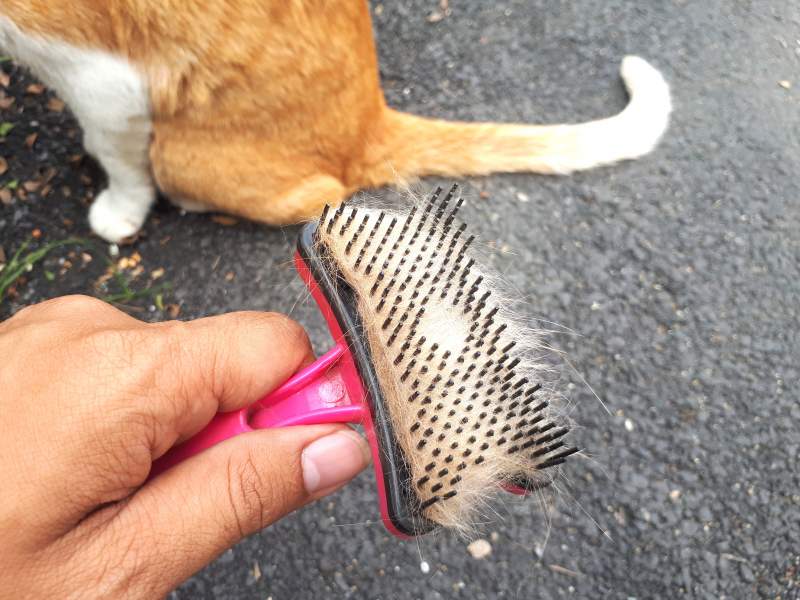
As cats lick themselves to wash themselves, they ingest these hairs which can cause intestinal obstruction, whether they are short-haired or not, you can also boost their digestion with suitable kibble. You will therefore not cut off from this ritual, which many consider a beautiful moment of complicity between their cats and them.
File your claws
Your short hair cat, like all cats, has a tendency to scratch whatever gets in his way. If he expends himself outdoors, you can count on the surfaces within his reach (wood, earth, paving stones) to naturally file his small claws, but be careful to check that they remain in good health! If your cat lives indoors, you will need to invest in a scraper. If you notice that despite everything, your furniture suffers from these scratches or that its claws protrude when the cat has retracted them, you will also have to file them.
Clean your cat’s eyes
Cat’s eyes are very sensitive, so you should never hesitate to inspect them and gently remove the small dirt that collects around the eyeball, especially if your cat is from a breed. flat face.
Shorthair Cat Breeds
There are many shorthair cat breeds that cat lovers love. Each has its own character, and its own characteristics, it’s up to you to discover the breed of shorthair cat that attracts you the most:
The British Shorthair Cat
Also known as the British Shorthair, the British Shorthair Cat captivates with its fluffy appearance and affable demeanor. His physique is easily recognizable: powerful and round, his often bluish hair has made him famous. Stable and affectionate, this independent cat knows how to express his love to his host family. He loves to play but also appreciates the quiet moments and the reassuring comfort of a home. He gets along particularly well with children.
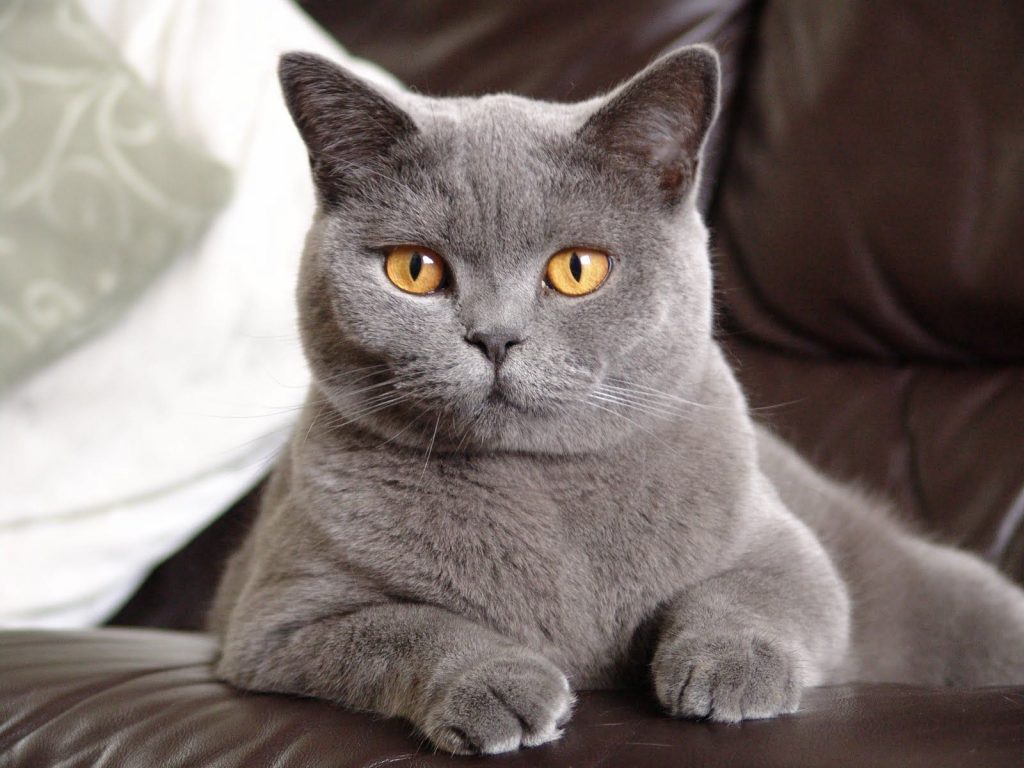
The Exotic Shorthair Cat
This big, soft-looking cat is nicknamed “The Shorthaired Persian” since apart from a short coat, it shares all the characteristics of its famous cousin, the softness of the coat included! His body is massive, muscular and his round head with bulging eyes requires special attention.
This ideal companion has it all: playful and calm, endearing, intelligent, affectionate, he is truly the best friend of a family with children!
Read a full blog about Exotic Shorthair Cat
The Abyssinian Cat
The Abyssinian cat or Abyssinian cat is often compared to a small puma. In question? His funny ears clash, erect above his thin little head. He is considered to be a model of grace and feline beauty.
A million miles from feline stereotypes and the detached attitude one might expect from such a noble cat, the Abyssinian cat is in constant search of attention from his master who will have to manage his very energetic behavior. and affectionate. To satisfy your Abyssinian cat, you will have to give him a lot of time and never tire of playing with him!
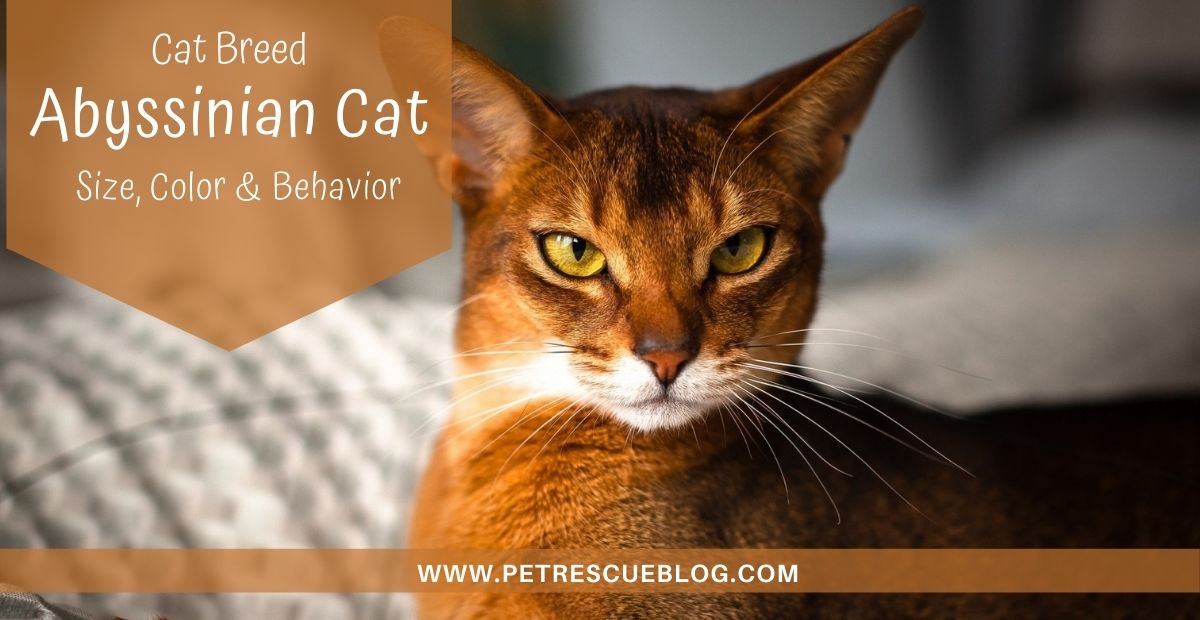
Bengal cat
The Bengal is a descendant of the Asian leopard cat. Don’t be fooled by this wild ancestor, the Bengal is a docile, easy to train, and very sociable cat. His intelligence and finesse make him a gentle animal, devoid of aggression and very curious. It is also able to adapt well to all environments.
This large cat could be called athletic because of his powerful musculature which does not make him less agile and elegant. It has the advantage of not having a very pronounced molting period, which makes its maintenance easy.
The Chartreux cat
The French version of the British Shorthair, the Carthusian monastery is much more popular here than across the Channel. The two breeds have been confused for a long time because of their fairly similar composition. Of medium size, this powerful cat often displays a bluish-gray coat which is the joy of its owner.
This very independent cat with a strong character is intelligent and resourceful. Despite his autonomy, he knows how to show attachment and appreciates demonstrations of tenderness … Even if it means making you clearly understood when he has had enough!
Russian blue cat
The Russian blue cat is all the rage in Western Europe thanks to its moire gray-blue dress so soft to the touch. His slender and graceful stature makes him a noble and dignified animal whose temperament seems to suit the gait perfectly. However, do not be fooled by its racy airs since it is very easy to maintain!
The Russian blue cat is peaceful and easily attaches to his adopted family. He likes to play but is not very active either. Discreet, he meows little and stays away from people he does not know.
The Savannah Cat
The Savannah cat is a very recent cat since it was created in the 1980s in the United States from a cross between a small wild feline, the Serval, and several domestic cats. From this crossing, the Savannah draws a particular physique, halfway between the little fawn and the plush.
Despite a lively and fiery temperament, the Savannah has adapted perfectly to domestication and knows how to be sociable, tender and docile. It is the ideal companion for a family with children, as long as it has enough space to exercise! Note that it is hypoallergenic.
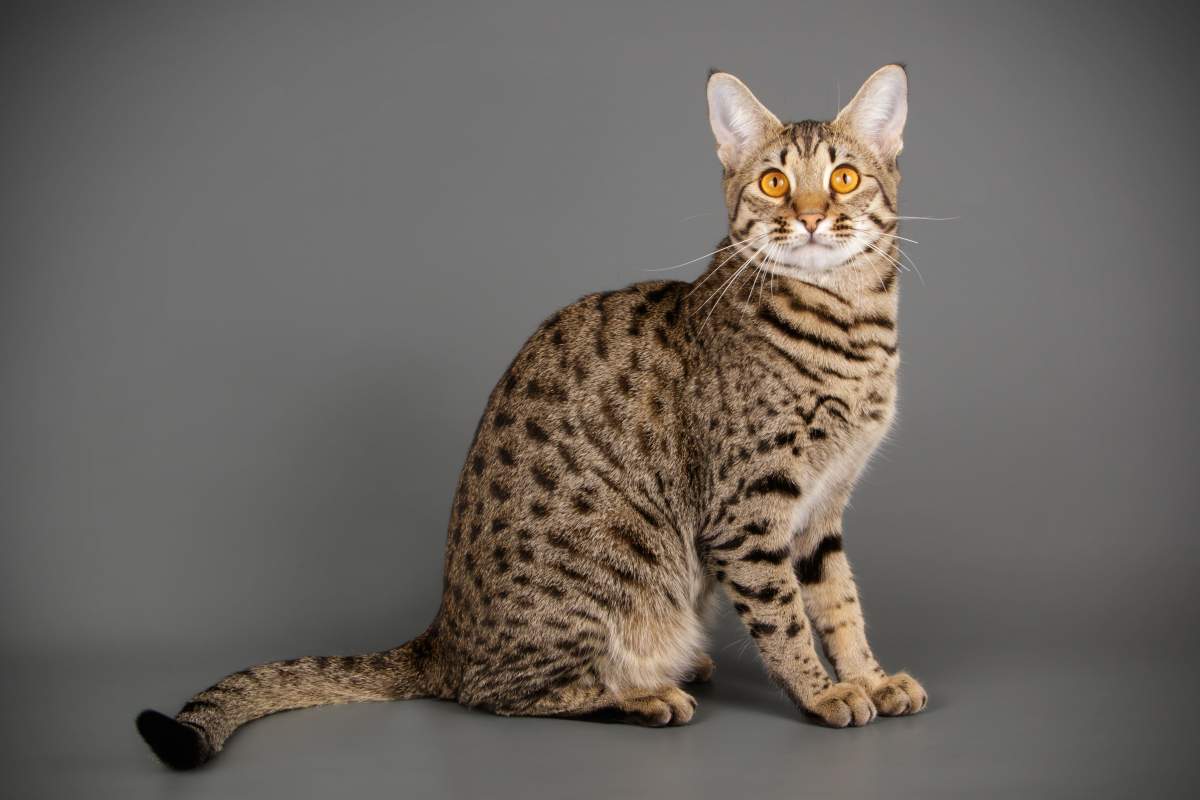
Siamese cat
This Thai cat is very popular for its elegance and beauty. Its body is slender and covered with a light gray coat with dark ends. His often blue eyes made his reputation.
The Siamese reserve themselves for a home that is both stable and firm. Very attached to his masters, he does not have an easy character however since he alternates moments of great sweetness and moments when he is more difficult to apprehend and can for example meow for no apparent reason.
Sphynx cat
The sphynx cat is also nicknamed the hairless cat. And for good reason! It is completely hairless. It arrived in Europe in the last century, but the breed is actually said to be much older! If we have to admit that his physique is quite special and can attract amused glances, his temperament is however ideal!
The Sphynx is very sociable and is not afraid of anything or anyone, it is very affectionate and easy going and gets along very well with children and other animals!
Shorthair Cat Gallery
Shorthair cat breed photos
Conclusion:
The short hair cat requires less maintenance than its long-haired cousin, but still requires a lot of attention from you. You can choose from many breeds with varying characteristics. Outdoor cat or apartment cat, the shorthair cat is suitable for all situations!


